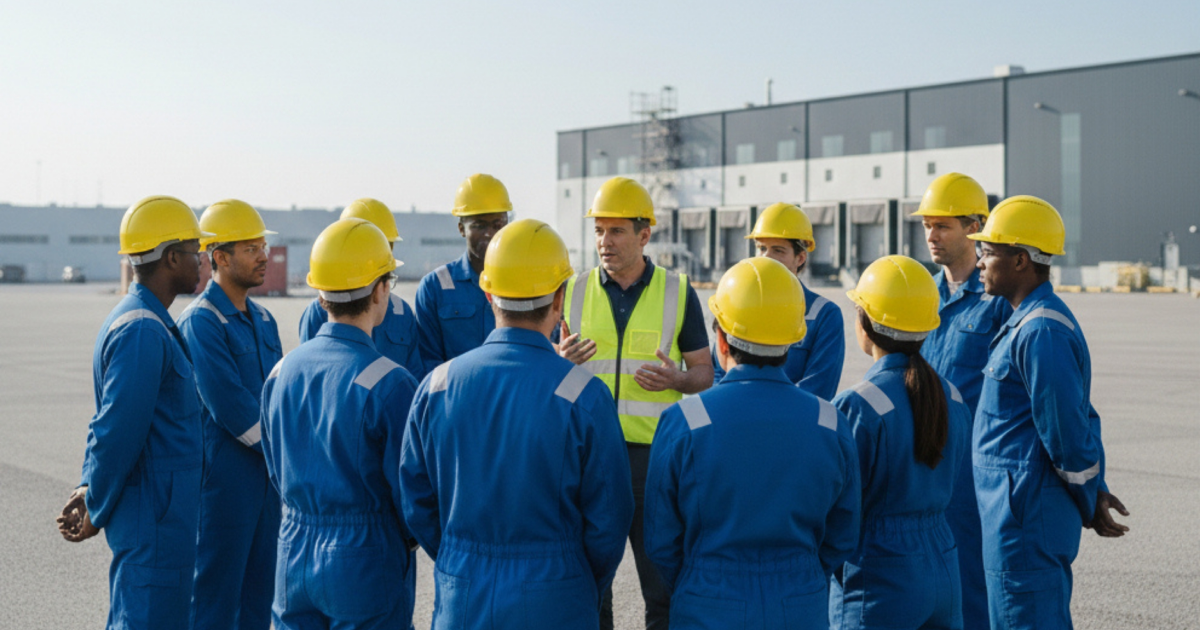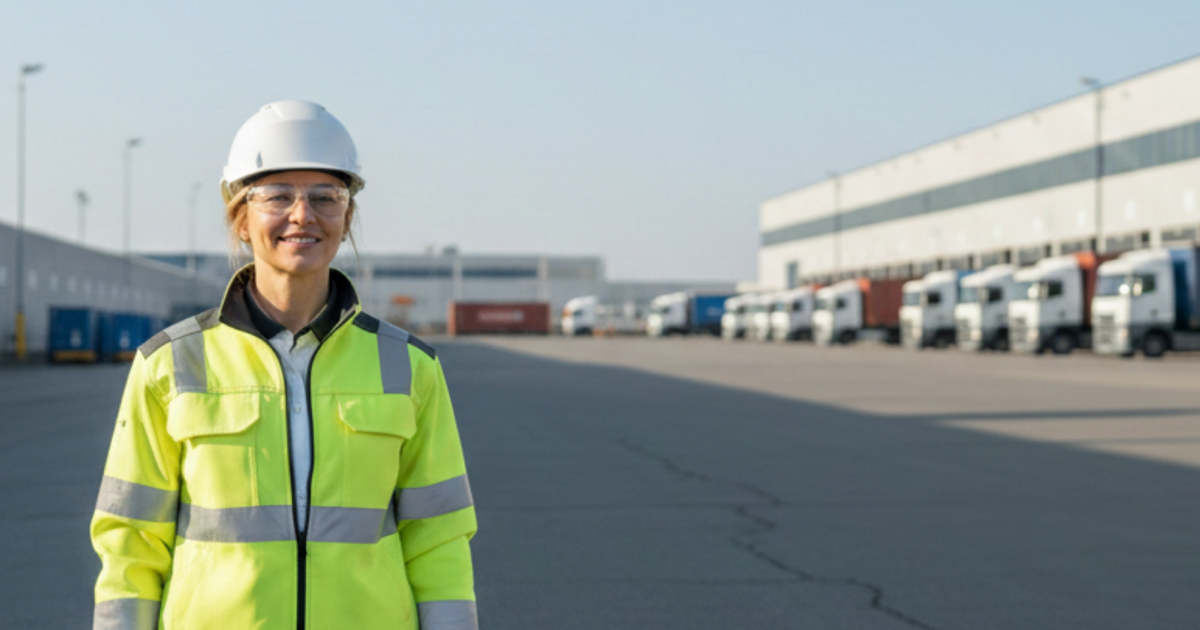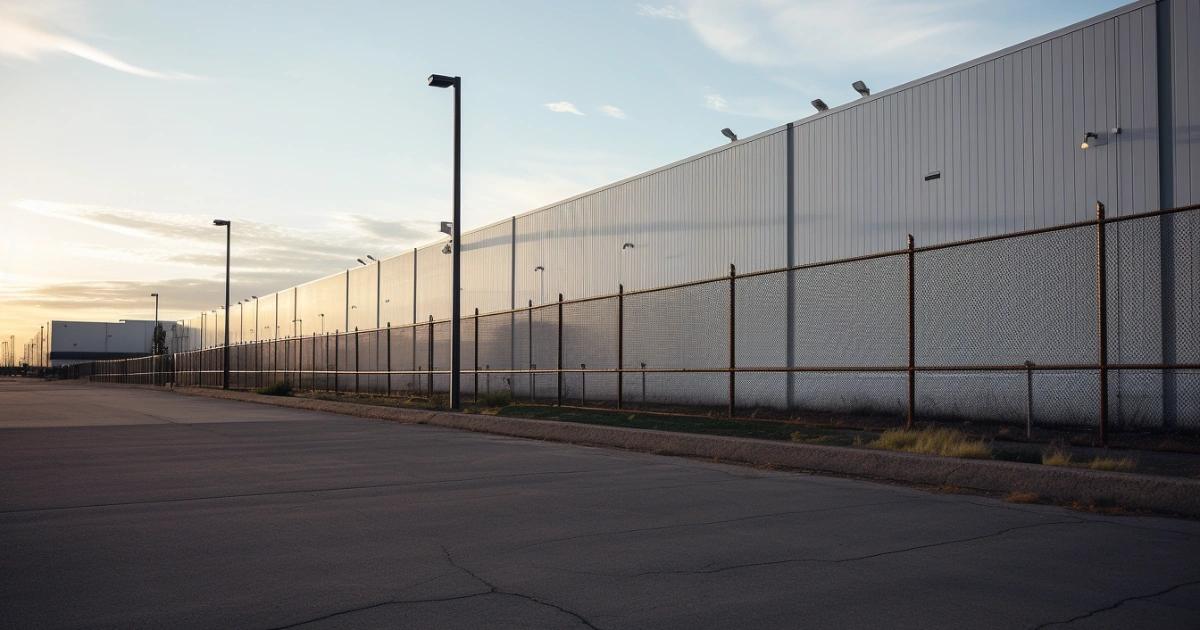Security
Environment, Health, and Safety (EHS) compliance plays a crucial role in modern workplaces. It’s not just about adhering to laws; it's about creating a safe, healthy environment for employees and protecting the environment.
This article delves into the essentials of EHS, its significance, and how organizations can effectively implement EHS practices.
What is EHS?
EHS stands for Environment, Health, and Safety. It encompasses a set of practices and regulations designed to ensure workplace safety, minimize health risks, and protect the environment. Compliance with EHS standards is not optional; it’s a legal and ethical requirement for businesses across various industries.
Key Components of EHS Compliance
Regulatory Adherence: Staying updated with and adhering to regulations set by bodies like OSHA (Occupational Safety and Health Administration) is critical. This includes understanding and implementing industry-specific safety standards.
Risk Management: Identifying, assessing, and mitigating risks is integral to EHS. This involves conducting regular workplace safety audits and hazard analyses.
Employee Training: Employee Training: Incorporating comprehensive employee training is a cornerstone of maintaining a safe and responsive work environment. It's not just about having the right equipment; it's equally about ensuring that every team member is knowledgeable and prepared to use personal protective equipment (PPE) effectively and to act swiftly and correctly in case of an emergency. To underscore the importance of preparedness, training should include a focus on emergency mustering—a critical aspect that can significantly impact outcomes during urgent situations. To understand the full scope and the best practices surrounding this, we recommend reading our detailed article on Emergency Mustering which explores the intricacies of executing a well-coordinated emergency response plan.
Environmental Protection: Implementing sustainable practices, reducing waste, and preventing pollution are part of EHS responsibilities.
Health and Safety Programs: Developing and maintaining programs that promote employee health and safety, like ergonomics, mental health support, and disease prevention.
Why EHS Compliance Matters
Employee Well-being: A safe workplace enhances employee morale and productivity.
Legal Compliance: Non-compliance can lead to legal penalties, fines, and reputational damage.
Cost Reduction: Preventing workplace accidents reduces costs related to healthcare, legal fees, and lost productivity.
Sustainability: EHS practices contribute to sustainable business operations and environmental stewardship.
Strategies for Effective EHS Management
Continuous Education: Keep abreast of the latest EHS trends, regulations, and best practices through workshops, seminars, and industry publications.
Technology Integration: Utilize software for better data management, compliance tracking, and risk assessment. Check out how NineIDs software can help with visitor and contractor compliance.
Employee Engagement: Involve employees in EHS initiatives, encourage reporting of hazards, and foster a culture of safety.
Regular Audits and Assessments: Conduct frequent audits to identify and address potential risks and non-compliance issues.
Transparent Communication: Maintain open lines of communication regarding EHS policies, updates, and concerns within the organization.
Conclusion
EHS compliance is not just a regulatory necessity; it's a commitment to the well-being of employees and the planet. By implementing robust EHS strategies, organizations can create safer, healthier workplaces and contribute positively to the environment. Remember, a safe workplace is a productive and sustainable one.
In this spirit, it's crucial to acknowledge the dynamic nature of workplace security and the evolving challenges it presents. For a closer look at how these challenges can be met head-on, consider exploring our article on how to secure your facility.







